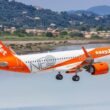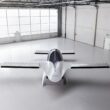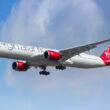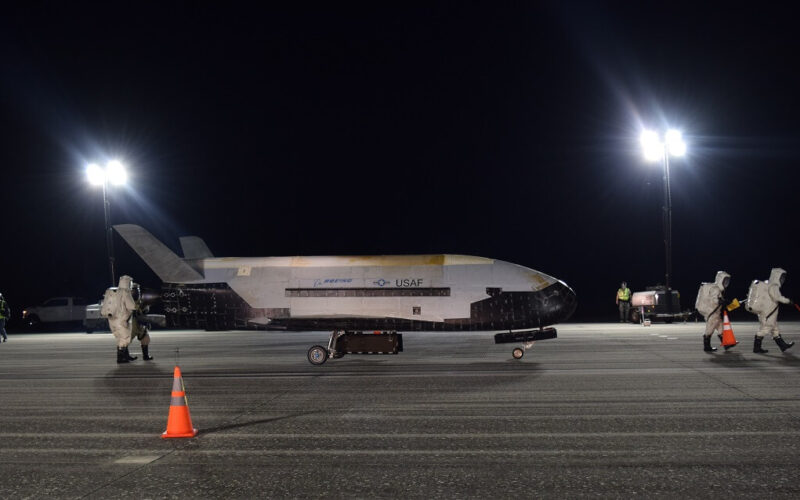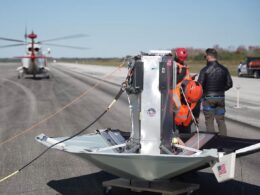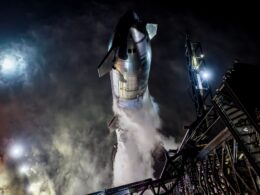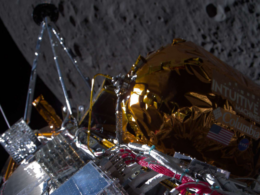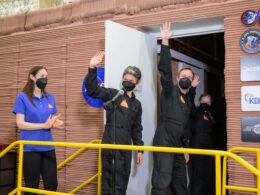The X-37B, the United States Air Force space drone, has just returned to Earth after a 780-day flight. The exact purpose of its two-year mission remains a secret.
Launched by a SpaceX Falcon 9 from Cape Canaveral Air Force Base in Florida on September 7, 2017, the drone landed at NASA’s Kennedy Space Center Shuttle Landing Facility, also in Florida, on October 27, 2019, completing the fifth mission of the program to date. After being in orbit for more than two years, the spacecraft broke its previous endurance record of 718 days. “The X-37B continues to demonstrate the importance of a reusable spaceplane,” said Secretary of the Air Force Barbara Barrett. “Each successive mission advances our nation’s space capabilities.”
Officially, the two X-37B space drones built for the USAF serve as testbeds for on-orbit experiments of new technologies. As the program is classified, their exact payload and the purpose of their missions are unknown. However, Randy Walden, director of the Air Force Rapid Capabilities Office in charge of the Orbital Test Vehicle initiative, revealed that, among other experimentations, small satellites were successfully launched during this last mission.
The X-37 program was started in 1999 by NASA, but due to budget cuts, it was transferred to the Defense Advanced Research Projects Agency (DARPA) in 2004 and became classified. Manufactured by Boeing’s Phantom Works division, the space drone looks like a smaller version of the late NASA space shuttles. Its re-entry trajectory is also similar, and it lands on the same runways that were once used by its predecessors.
The X-37B has a launch weight of about 5 tons (11,000 pounds). It is 8.8 meters (29 feet) long and has a wingspan of 4.5 meters (14 feet). It is powered by a deployable solar panel and uses an ion thruster to move around in low-orbit (about 300 kilometers/200 miles of altitude).
(Credit: Air Force Public Affairs)


